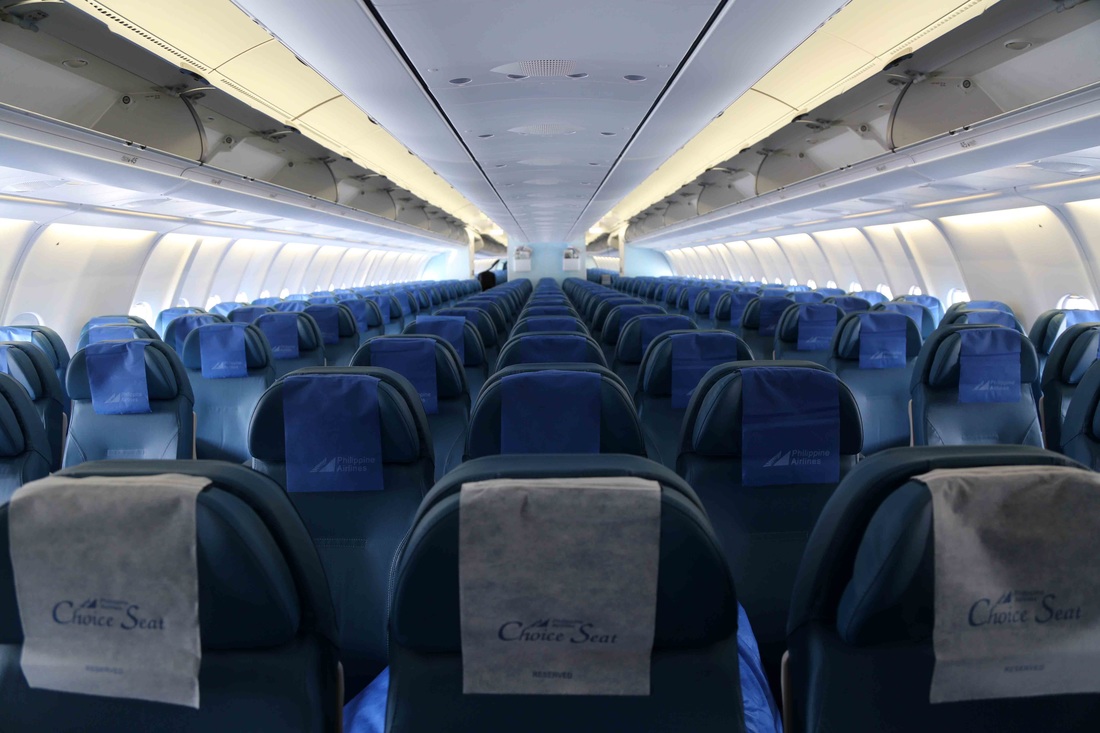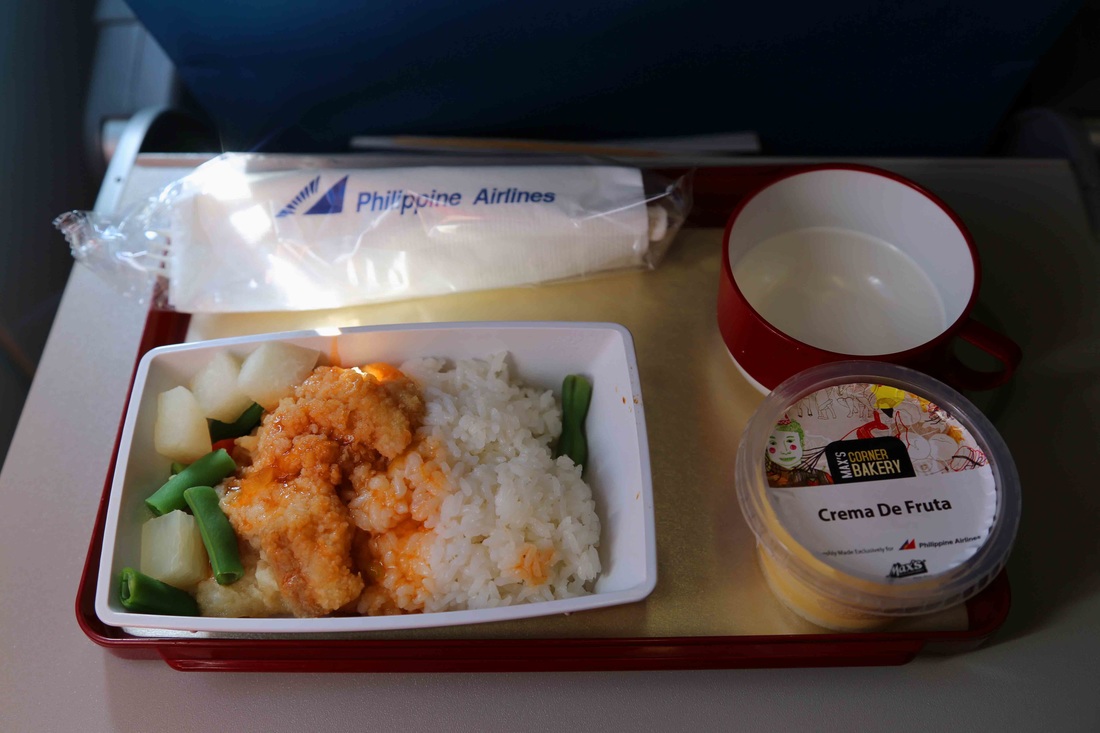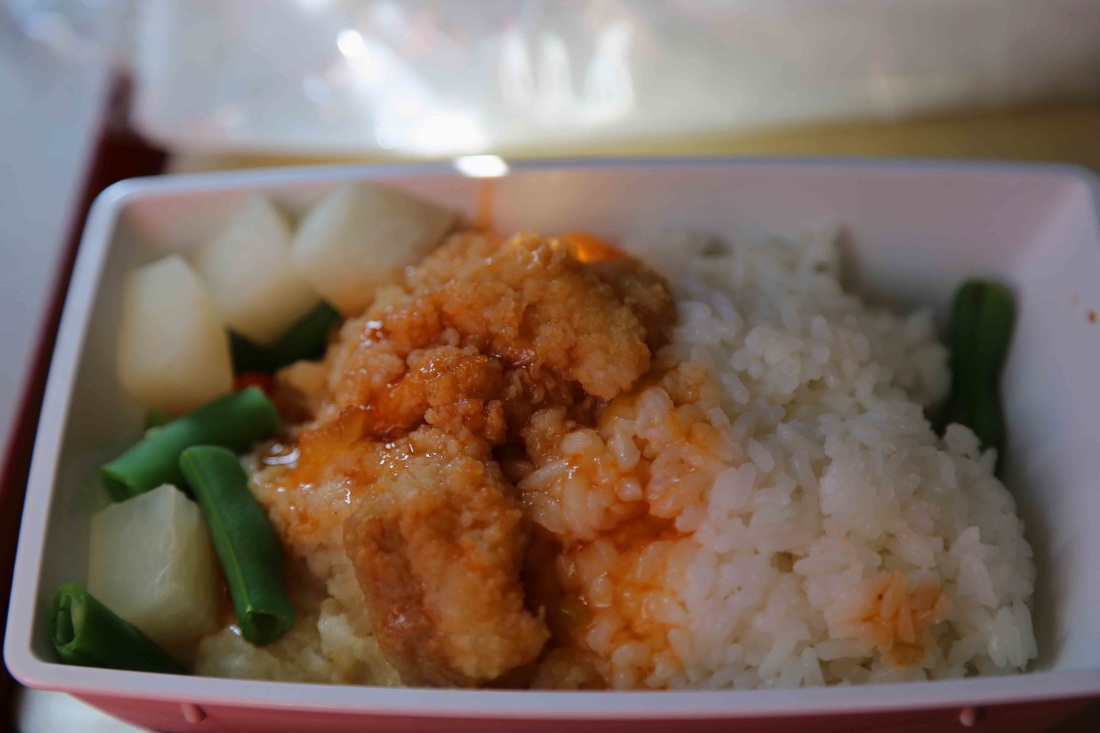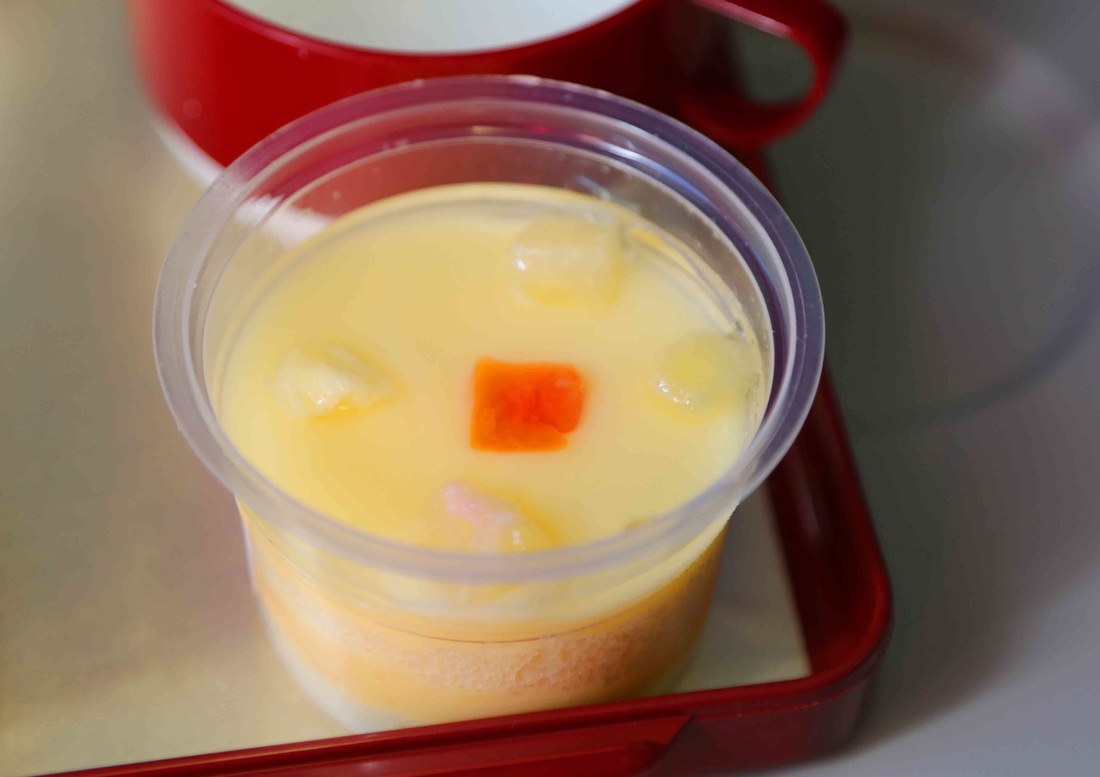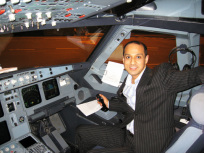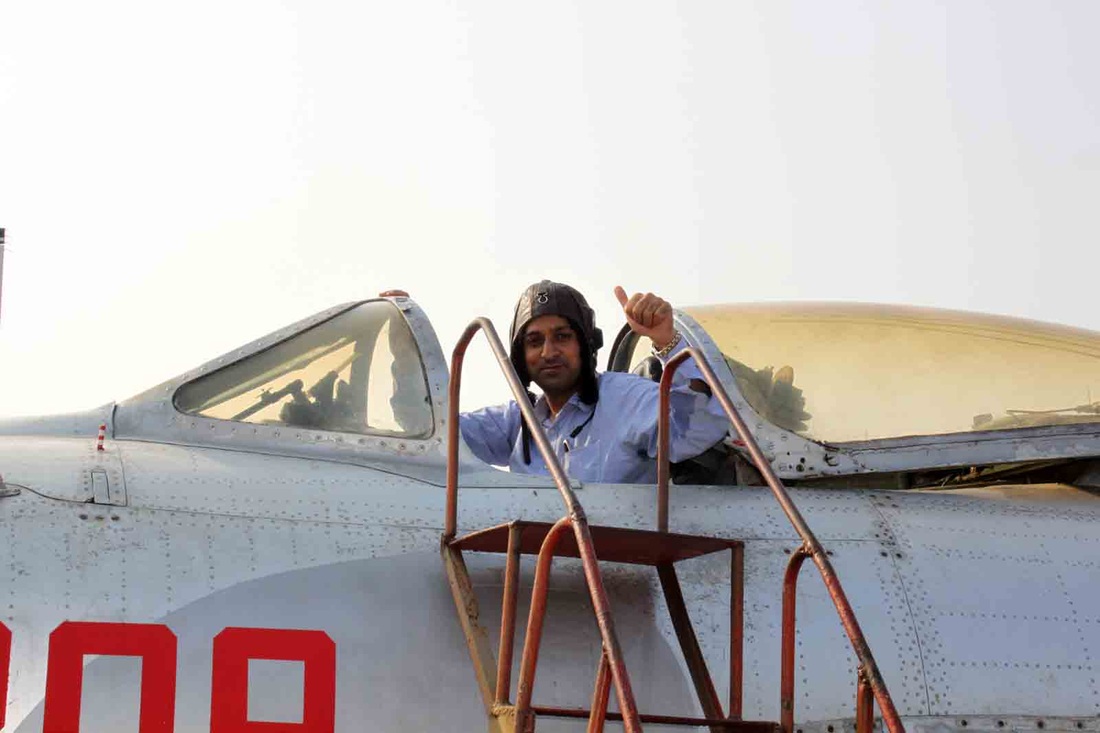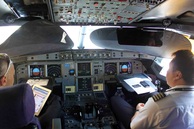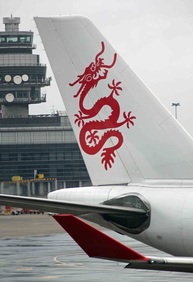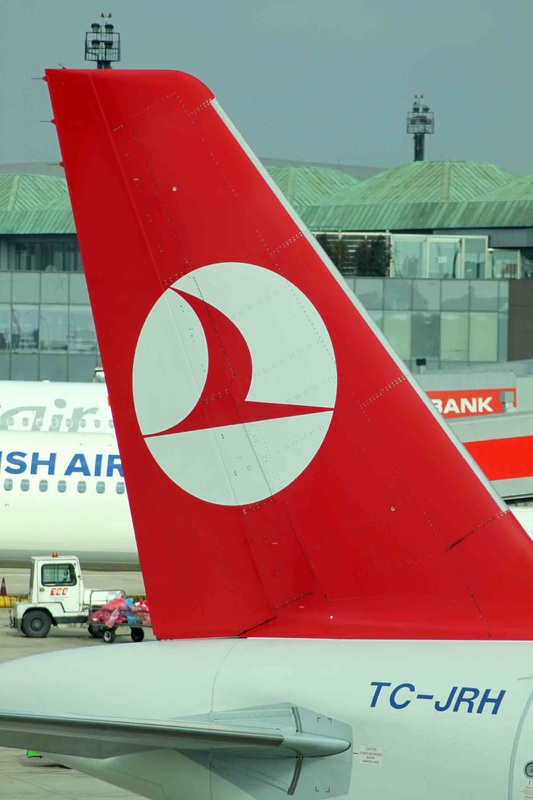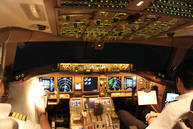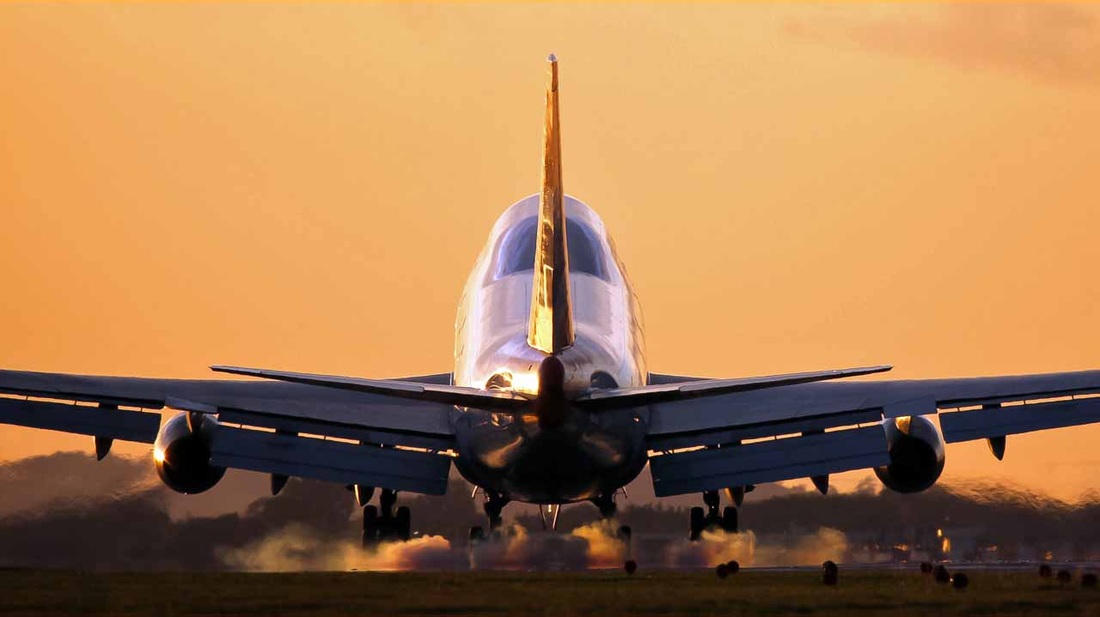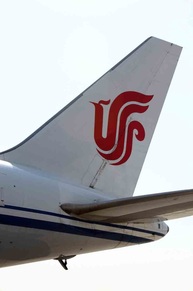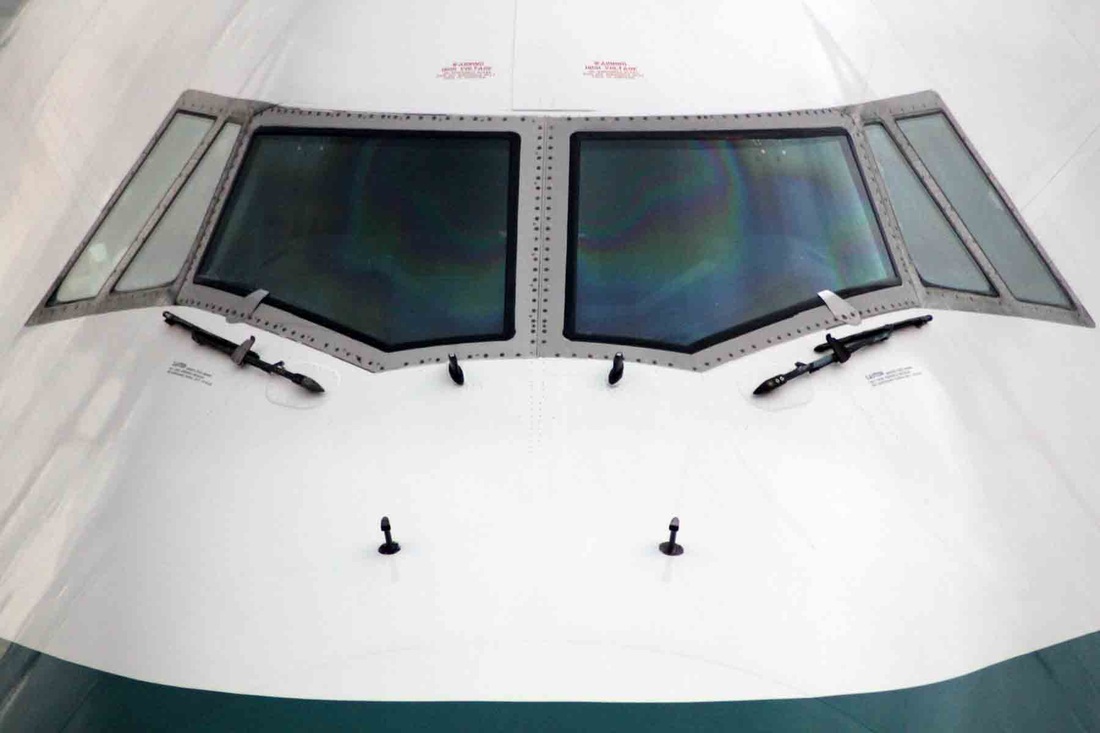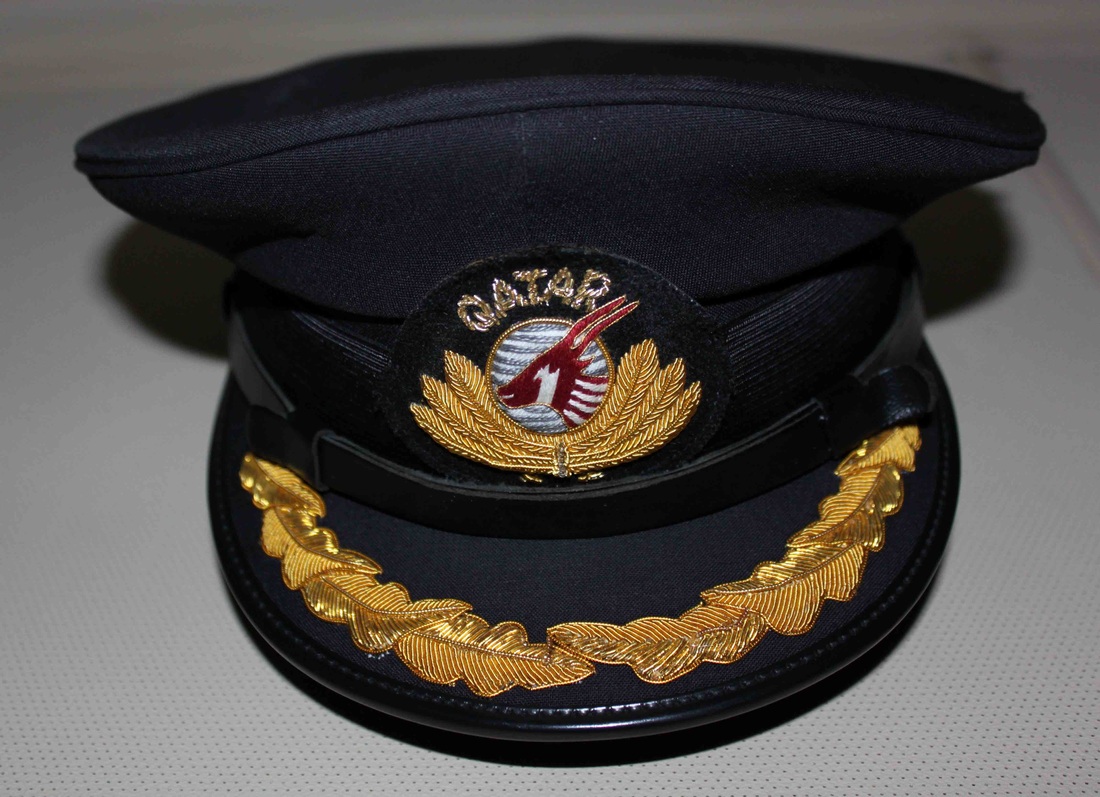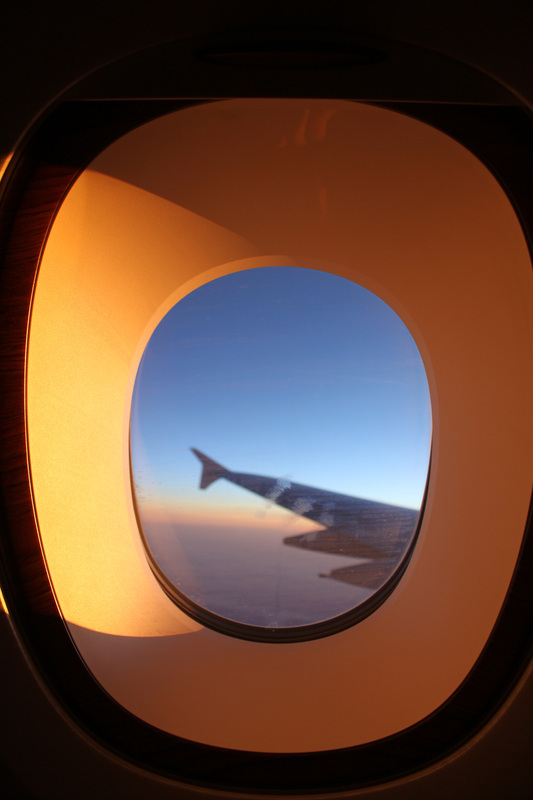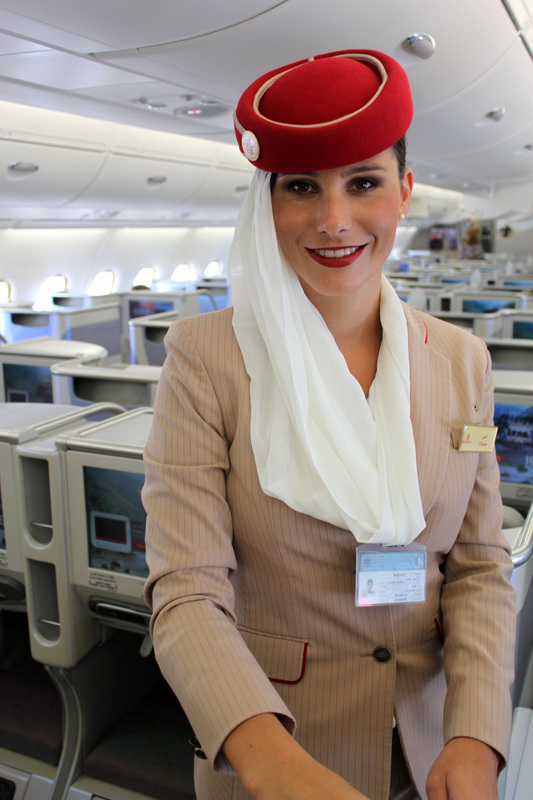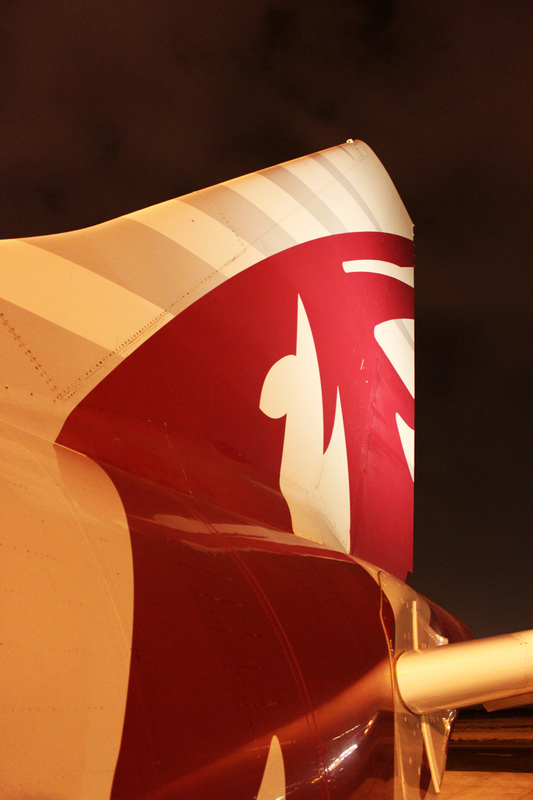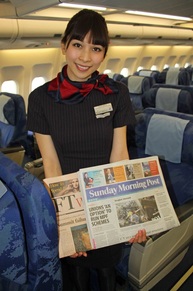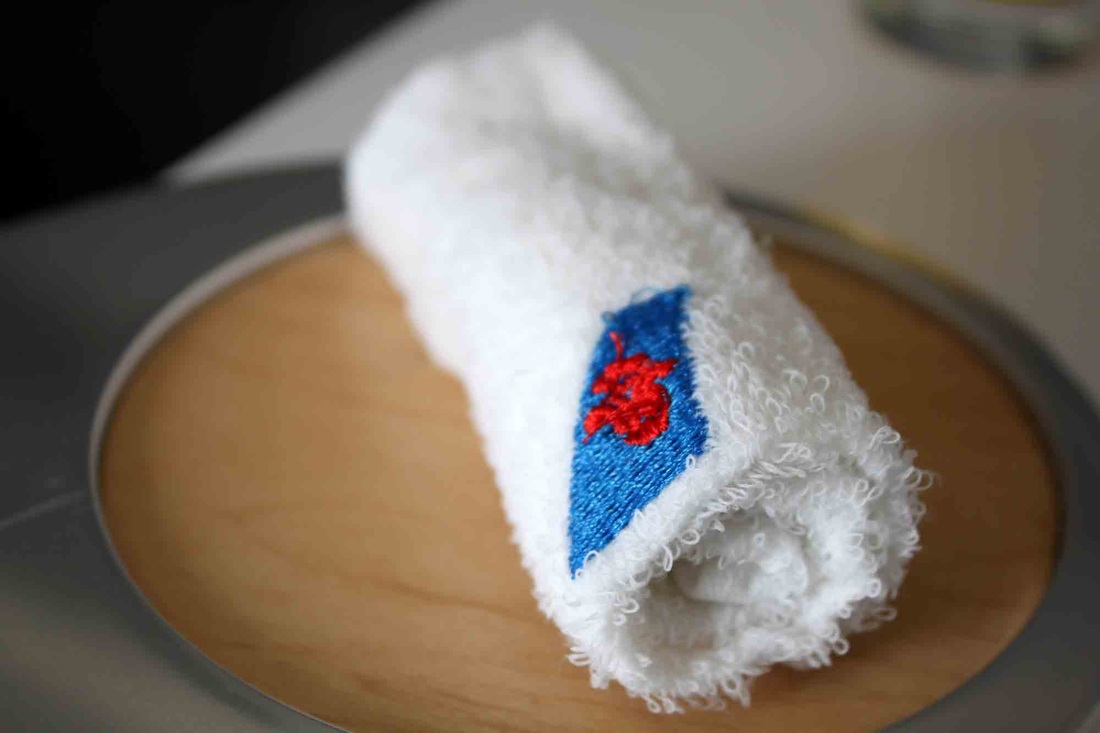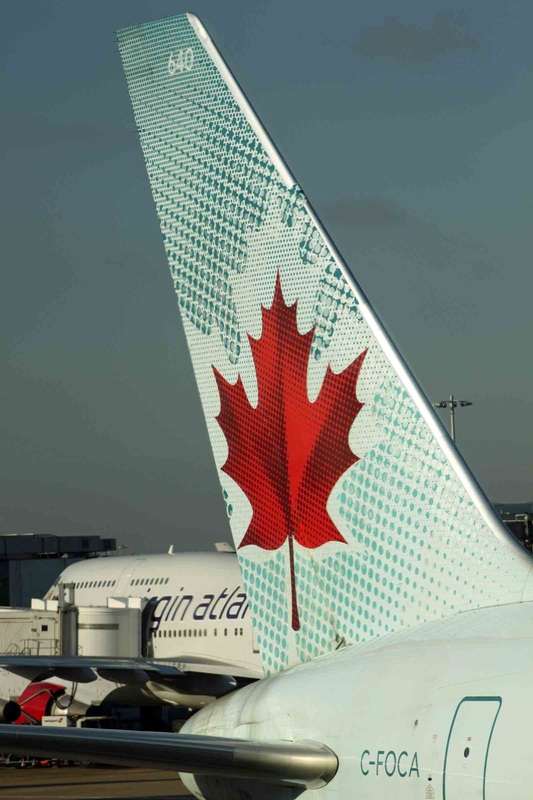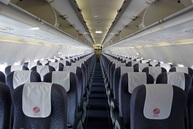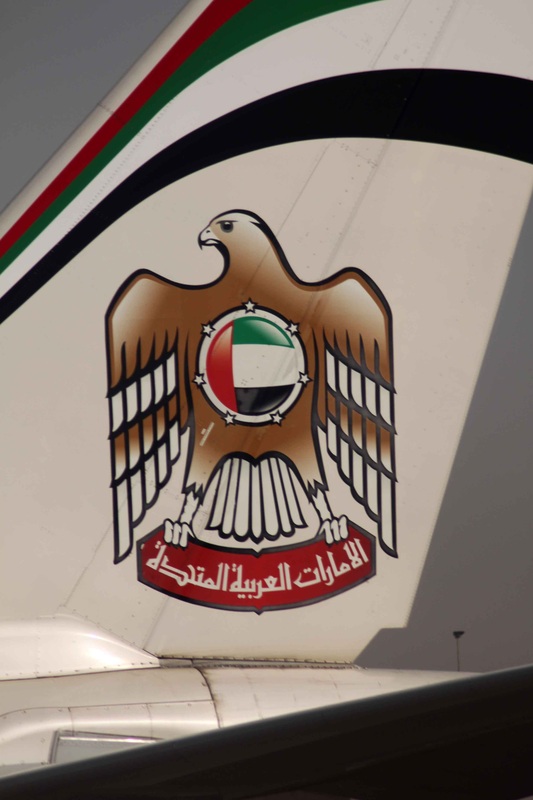|
Philippine Airlines (PAL) is the national flag carrier of the Philippines. The airline was founded in 1941 and is the first and oldest commercial airline in Asia operating under its original name. Operating out of its hubs at Ninoy Aquino International Airport of Manila and Mactan-Cebu International Airport of Cebu, Philippine Airlines uses a fleet of 56 aircraft (with 37 on order), and serves 31 destinations in the Philippines and 36 overseas destinations in Southeast Asia, East Asia, Middle East, Oceania, North America and Europe.
Formerly one of the largest Asian airlines, PAL was severely affected by the 1997 Asian Financial Crisis. In one of the Philippines' biggest corporate failures, PAL was forced to downsize its international operations by completely cutting flights to Europe and Middle East, cutting virtually all domestic flights except routes operated from Manila, reducing the size of its fleet, and laying off thousands of employees. The airline was placed under receivership in 1998, and gradually restored operations to many destinations. PAL exited receivership in 2007, and following the brief management takeover by the San Miguel group from 2012 to 2014, has been taking steps towards re-establishing itself as one of Asia's premier carriers. The Airbus A330 aircraft is used for regional routes around the Asia Pacific region and China. I took this flight from Manila to Hong Kong, having travelled to Manila from Caticlan Airport in Boracay. Route: MANILA AQUINO INTL. AIRPORT (MNL) to HONG KONG INTERNATIONAL AIRPORT (HKG) Departure date and time of flight: April 2015, 15:30 Flight number: PR311 (ICAO callsign: “Philippine 311”) Flight duration: Two hours and ten minutes Cabin: FIESTA ECONOMY CLASS Aircraft type: AIRBUS A330-343 (15 in service) Unit cost of each Airbus A330: US$253.7M, €231.3M (2015) Aircraft registration: RP-C8766 (First flight October 1, 2014) Engine Type: Two x Rolls Royce Trent 772B-60 Aircraft Serial Number: 1566 Frequent flyer programme: Mabuhay Miles Seat configuration for this aircraft: First Class: 18 seats in a 2-2-2 configuration Premium Economy Class: 27 seats in a 3-3-3 configuration Economy Class: 323 seats in a 3-3-3 configuration Philippine Airlines currently offers two-class services on all aircraft, business (called Mabuhay Class) and economy (called Fiesta Class). During the second half of 2006, PAL announced a cabin reconfiguration project for its Boeing 747-400 and Airbus A340-300 aircraft. The airline spent US$85.7 million to remove all first class seats and increase the size of its business and economy seats, leading to the aforementioned new seats; as well as add personal screens with audio and video on-demand (AVOD) across both cabin classes. The cabin reconfiguration project began in the third quarter of 2008. The first 747-400 to be reconfigured (reg. RP-C7471) re-entered service in October 2008. The second reconfigured plane (reg. RP-C7475) was completed in May 2009, and the third (reg. RP-C7472) was completed July 2009. The fourth 747 (reg. RP-C7473) began reconfigured work in August 2009. Any baggage issues: No issues regarding the baggage. For First and Business Class, Philippine Airlines have a checked baggage allowance of 40 kg and 30 kg total respectively for all routes excluding transatlantic routes. Economy Class passengers can take 23kg in the hold. All routes have a carry-on allowance of one piece not exceeding 7 kg (50x37x25 cm). Comments on the check-in: I arrived around two hours early for check-in at the chaotic and manic Manila airport. One thing you immediately notice is that if the staff at the check-in counter, who are all Filipino, are very friendly and provide one of the best customer user experiences - the warmth of the Philippines hits you! The only other downside is that it can get very busy, noisy, chaotic and hot (just be ready for that!). Punctuality of the flight: Departed bang on time and we landed in Hong Kong around 15 minutes early due to low air traffic in the area. For some reason, experienced a very bad ear blockage as we descended into Hong Kong. Apparently, everyone else, including the crew, did as well. Comments regarding the meal: Late afternoon dinner was served around 20 minutes after take-off from Manila. For this short-haul flight, which was basically a hop across the sea to Hong Kong, we were served a basic meal of boneless fish with rice, and a bread bun. This was accompanied with a very scrumptious custard. Very delicious meal. Authentic Filipino cuisine at its best. Comments on the in-flight entertainment system: Philippine Airlines recently introduced the iPad on-Demand on the trans-Pacific flights. Passengers can enjoy in-flight entertainment options such as movies, TV shows, music, games, and even magazines and newspapers. Philippine Airlines is the first carrier in the Philippines to offer Wi-Fi on board, which began on April 1, 2013. It is named as Philippine Airlines In Air. Passengers are able to make calls, send and receive text messages, tweets, email and surf the Internet while flying. This plane offers GSM and Wi-Fi access to allowing passengers to browse the web, make phone calls, or stream content via their personal devices. Comments of professionalism of the cabin crew: The cabin crew were very hospitable, and proud to work for Philippine Airlines. There was a genuine smile on every crewmembers face and you could tell that they really enjoyed their job. There was a real sense of teamwork in the cabin. As a customer (or passenger) it is easy to tell if the cabin crew are not getting along with each other (it does happen like any other job!), and on this flight I could see that everyone was in a joyous mood. If there was something I wanted or a question I had, then no one objected to it. Instead, they tried their best to help me as much as they could. The senior purser was just gem of a person. The whole flight experience was like magic, and everything seemed to go smoothly. Therefore, yes the world can be ideal sometimes. Comments on the interior of the aircraft (including seat comfort): This Airbus A330-300 features a three class configuration with 18 flatbed Business Class seats, 27 Premium Economy seats with up to 3” of extra legroom, and 323 standard Economy Class seats. Philippine Airlines logo and livery: The Philippine Airlines logo has gone under four incarnations in the entire length of its operations. The first logo incorporated a blue oval with "PAL" superimposed in white letters, a four-pointed star whose points intersect behind the "A" in the PAL initials, and a wing whose position varied depending on the location of the logo (the wing points to the right if located on the left side of the plane, left if on the right side). A variant of this logo used a globe instead in the blue oval with the PAL initials superimposed. This logo would be in use from the 1950s until the mid-1960s, when it would be replaced by a second logo. The second logo adopted a blue triangle (with the bottom point missing) and a red triangle superimposed upon it, enclosed by a circle; this was meant to evoke a vertically-displayed national flag (the white being formed by the negative space between the two triangles' tips). In the mid-1970s, a third logo, which removed the circle and simplified the shapes, was introduced. The typeface used in the third logo was later applied to the second logo, which remained the official PAL logo until 1986, when it would be replaced by the current logo. The current PAL logo features the same two blue and red triangles used in the second and third logos. However, an eight-rayed yellow sunburst that recalled the flag's Sun was superimposed on top of the blue triangle, and a new Helvetica typeface was used. PAL liveries have undergone many incarnations. The first PAL aircraft bore a simple white-top, silver-bottom livery separated by solid straight cheatlines, with a small Philippine flag superimposed on the tail. The name "Philippine Air Lines" was superimposed in the upper forward portion of the fuselage and the PAL logo was located at the back. Later variants of the livery, especially on PAL jet aircraft, made use of an extended Philippine flag as cheatlines, with the PAL logo superimposed on the tail. By this time, the name "Philippine Airlines" was used in the livery. Another variant of the original livery used by PAL is somewhat similar to the current livery. However, it uses PAL's third logo on the tail with blue, white and red cheatlines running the center of the fuselage. Later on, the bottom half of the fuselage was also painted white. The current "Eurowhite" livery, first used with the Short 360, was adopted in 1986 following PAL's corporate rebranding. This livery, (designed by Landor Associates) has the name "Philippines" superimposed on the forward portion of the fuselage in italics (using the PAL logo typeface), while the tail is painted with the logo and the Philippine flag is visible near the rear of the aircraft. The PAL logo is also painted on the winglets of aircraft that have them. The name "Philippines", instead of "Philippine Airlines", is to denote that PAL is the primary flag carrier of the Philippines. However, this sometimes leads to confusion that a PAL plane, especially when chartered by the President for official or state visits, is in fact the official air transport of the Philippine head of state. Any PAL aircraft with the callsign PR 001 is a special plane operated by Philippine Airlines to transport the President of the Philippines. For the airline's 70th anniversary, a special decal was placed on all of its aircraft. The sticker featured a stylized "70" and the words, "Asia's first, shining through". Overall rating 1-10 (worst-best): 10 Comments are closed.
|
About Airline PRThis is a special section on Airline Branding, and Airline Public Relations written by me on all the flights I have been fortunate enough to have been on. These are not records taken from somewhere else, but are actual flights I have been on. Most of the flight trips are officially sponsored by the airline companies in order to promote their certain routes, and aircraft. Airline promotion and PR related work in the aviation industry is one of my expertise. Watch exclusive videos below taken in the cockpit of a Boeing 777-300ER in-flight over Chinese Airspace.
Special thanks goes to Turkish Airlines B777-300ER Cockpit Video 1B777-300ER Cockpit Video 2Archives
February 2024
Airlines Reviewed
All
Proud media partner of QATAR AIRWAYS |

